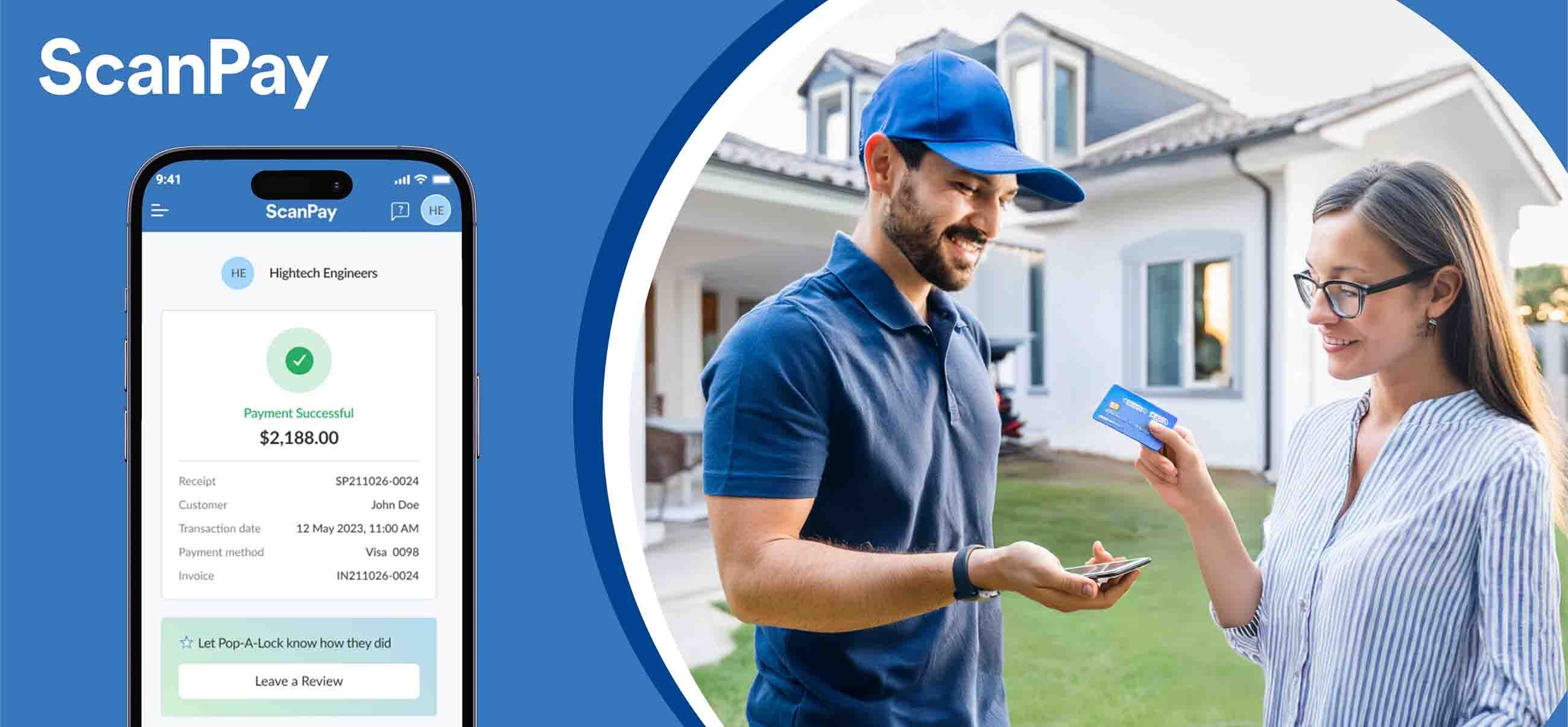Inside QR Codes: How Black & White Dots Simplify Digital Payments & Marketing

Quick Response (QR) scan codes became increasingly popular with the beginning of the COVID-19 pandemic. These codes either store or link information about a product or service, allowing businesses to accept contactless payments.
Marketers also use QR codes in web pages, magazines, billboards, and any other marketing material. That’s how businesses can transfer relevant information to the user. This blog will discuss how QR codes work, their benefits and how it simplify digital payments.
How a QR Code Works
QR codes refer to two-dimensional barcodes that differ from the traditional mono-dimensional barcode. QR codes are faster to read and contain more information. Moreover, the patterns of a QR code can be captured by a camera.
A QR code reader works by detecting the code patterns and standardizing the image for orientation, size, and angle of viewing. The reader uses an alignment marker to convert the small dots within the QR code into data—payment transaction details, medical records, product information, web address, or any information that can be digitized.
Using QR Code for Transactions
QR code-enabled payments minimize transaction costs while making digital transactions seamless. When paying via QR code, customers don’t need to enter any numbers or letters which prevents transaction errors.
There are two types of QR code transaction flows that enable users to make payments by entering two pieces of data—the merchant PIN and transaction amount.
QR Codes Connect Online and Offline Media
Print media like brochures, business cards, and billboards doesn't provide a direct link to your website. However, most B2B businesses are now using QR codes to link their print media to their website. So you don’t need to include your contact details or web address on print media as potential customers can scan the QR code to visit your landing page.
The Future of QR Code-Based Payments
For quick QR scan code transactions customers will need a smartphone with an active data connection every time they shop. According to research, the use of QR codes for contactless payment is likely to increase over 300% within five years. Moreover, businesses offering QR code payment methods can provide high-quality services to their customers without extensive investment in technology.
Types of QR Codes
There are two types of QR codes—dynamic and static. Static QR codes are used in the form of stickers placed at different locations like check-outs. Customers will receive all-payments form by scanning a static QR code.
On the other hand, the system generates dynamic QR codes during a transaction. A seller or buyer will use their device to scan the generated code that has a short time validity. Dynamic QR codes also include unique data elements for every transaction. For instance, after scanning the code, the customer can receive a form that contains complete information about the purchased product.

With mobile payment solutions, you no longer need cash and check payments. Even if your client doesn’t have the cash or their checkbook, they would always have their phone nearby. Download a mobile payment system that accepts a variety of contactless payment options.
Having said that, ScanPay more than fits the bill in terms of diverse payments. Our mobile POS solution supports PayPal, Apple Pay, Google Play, bank transfers, and all credit and debit cards.
RELATED POSTS
.jpg)

Choosing a Cost-Effective Payment Solution for Field Pros

The Ultimate Guide to Mobile Invoicing Apps: Reasons Why You Need Them








